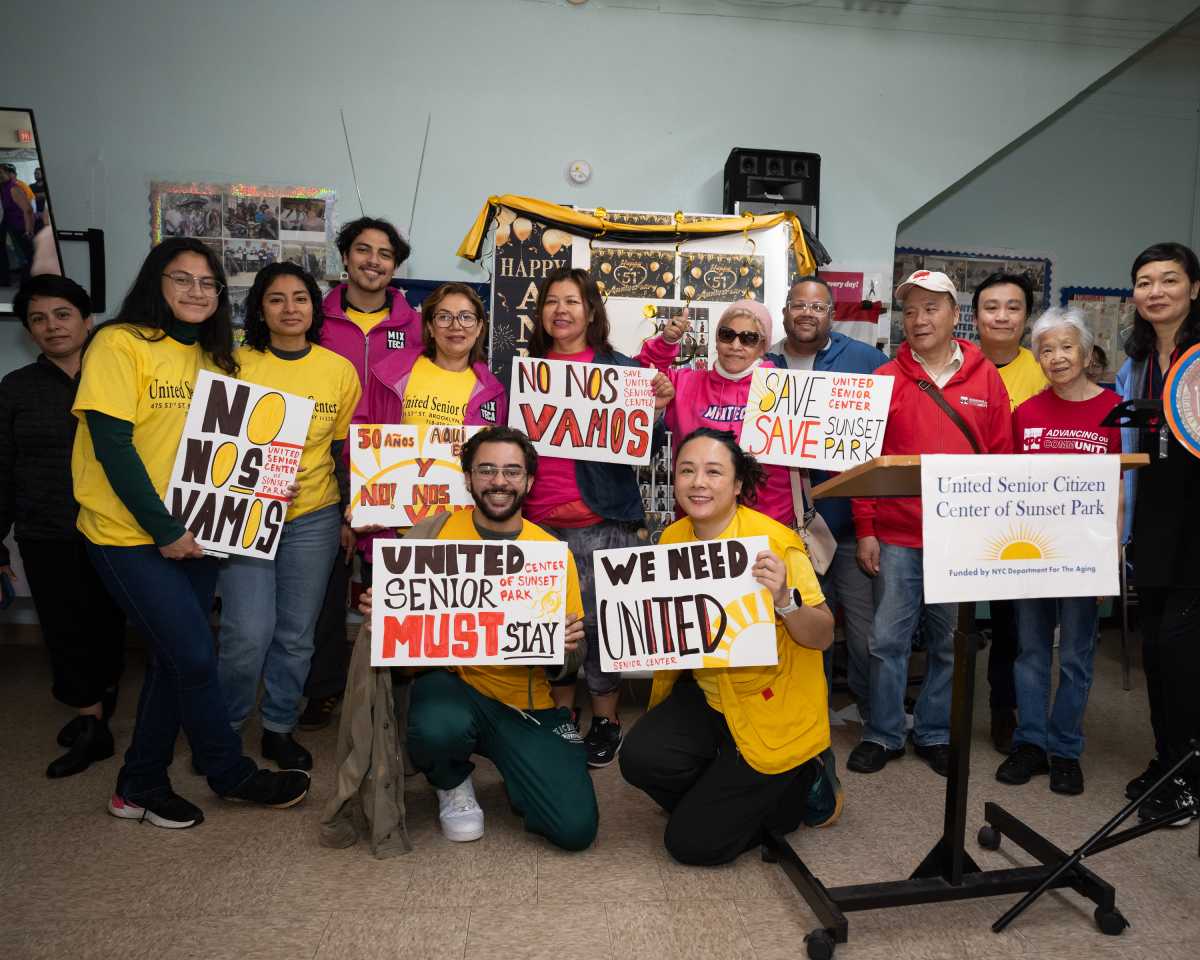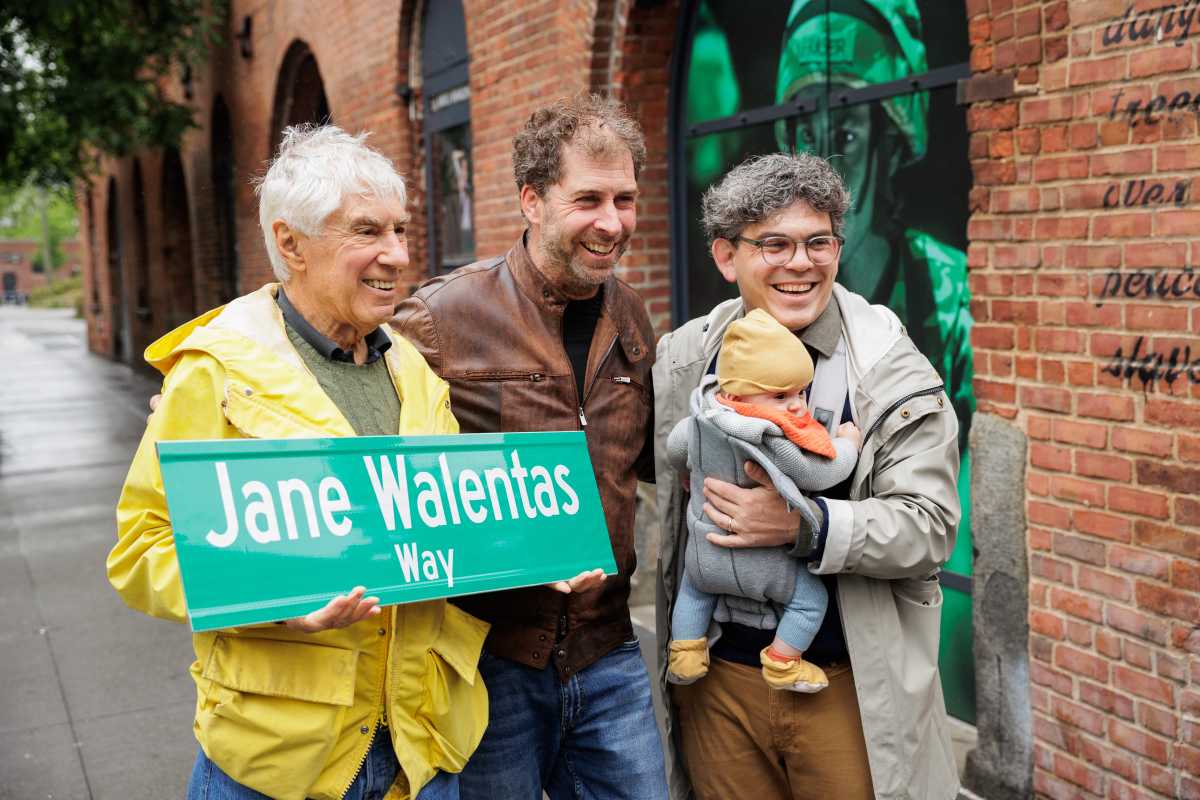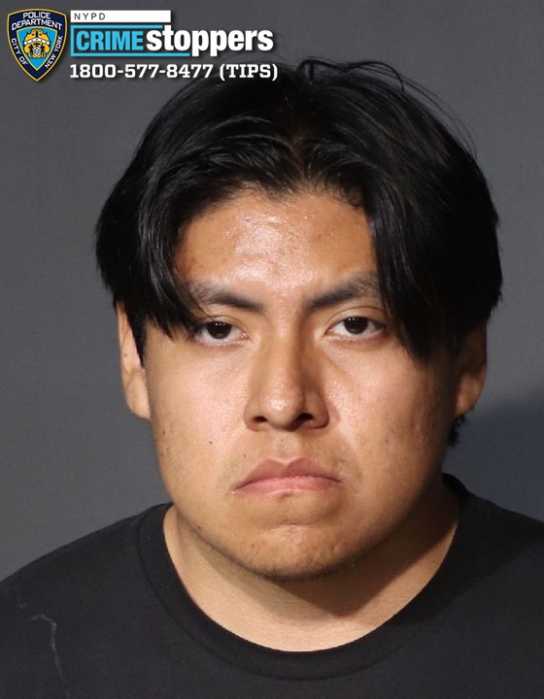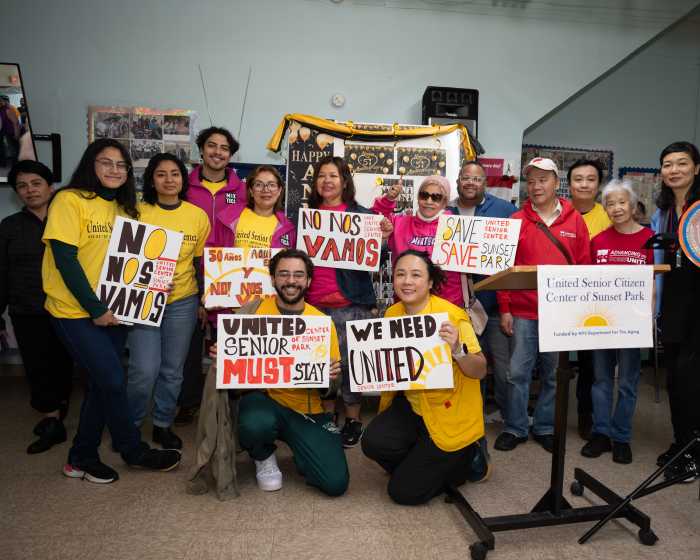Vowing to fight to keep Manhattan affordable in the face of gentrification, the new borough president, Scott Stringer, gave his inaugural address at the Metropolitan Museum of Art on Jan. 8.
Stringer said that in the borough’s modern history, the innovators have been the artists, teachers, laborers, veterans and immigrants and that affordable housing has enabled them to live here. He mentioned Stuyvesant Town as a place G.I.’s came home to after World War II, calling it “one of the most successful affordable housing complexes in America.” Similarly, he said, musicians have found a home in Manhattan Plaza, a Mitchell-Lama rental complex on W. 43rd St. While, he said, “artists, bohemians and squatters” stopped a plan in the 1960s and ’70s to tear down a Downtown manufacturing zone, which became Soho and Tribeca. “These were Manhattan’s 20th-century pioneers,” he said.
“But today, the picture has changed,” Stringer said. “Eleven thousand rent-regulated units in Stuyvesant Town and Peter Cooper Village are, one by one, being converted into luxury apartments. Mitchell-Lama is on its way out, with just 37,000 units remaining in Manhattan and nearly 9,000 more on their way to buyout. Of course, Tribeca and Soho are now two of the most expensive neighborhoods in the world. And Washington Heights, along with Central Harlem, East Harlem, the Lower East Side and virtually every one of Manhattan’s working-class neighborhoods, faces the tragic contradiction of poverty, side-by-side with gentrification that does nothing to address this problem. And that is unacceptable in our Manhattan.”
“The tragic irony of Manhattan’s success story,” Stringer continued, “is that the people who made this island great, can now barely afford to live here. If we have any hope of keeping them, and just as important, of attracting a new generation of brainpower and people power that is as diverse as those that came before, of bringing in Manhattan’s 21st-century pioneers,” Stringer said, “we must take steps right now to ensure the entry fee to our borough is not a $1 million condominium.”
On the community boards, to which he appoints the members, Stringer said he has begun implementing “a comprehensive plan for reform to re-empower Manhattan’s community boards. We will take the politics out of community boards and give them the resources they need to use that power effectively. Community boards should be our town halls,” he said. “They are the place for real debates, and real decisions, about where we’ve been, where we’re going, and how we get there.”
Stringer said his office will work with community boards to implement a community-based planning program, “coordinated intelligently for the entire borough, that takes into account not just affordable housing, but schools, hospitals, retail space, parks and all of a neighborhood’s needs.
“As gentrification spreads rapidly south of 14th St. and north of 96th St.,” Stringer said, “we must do whatever we can to protect the affordable housing we have, and build more.”






































